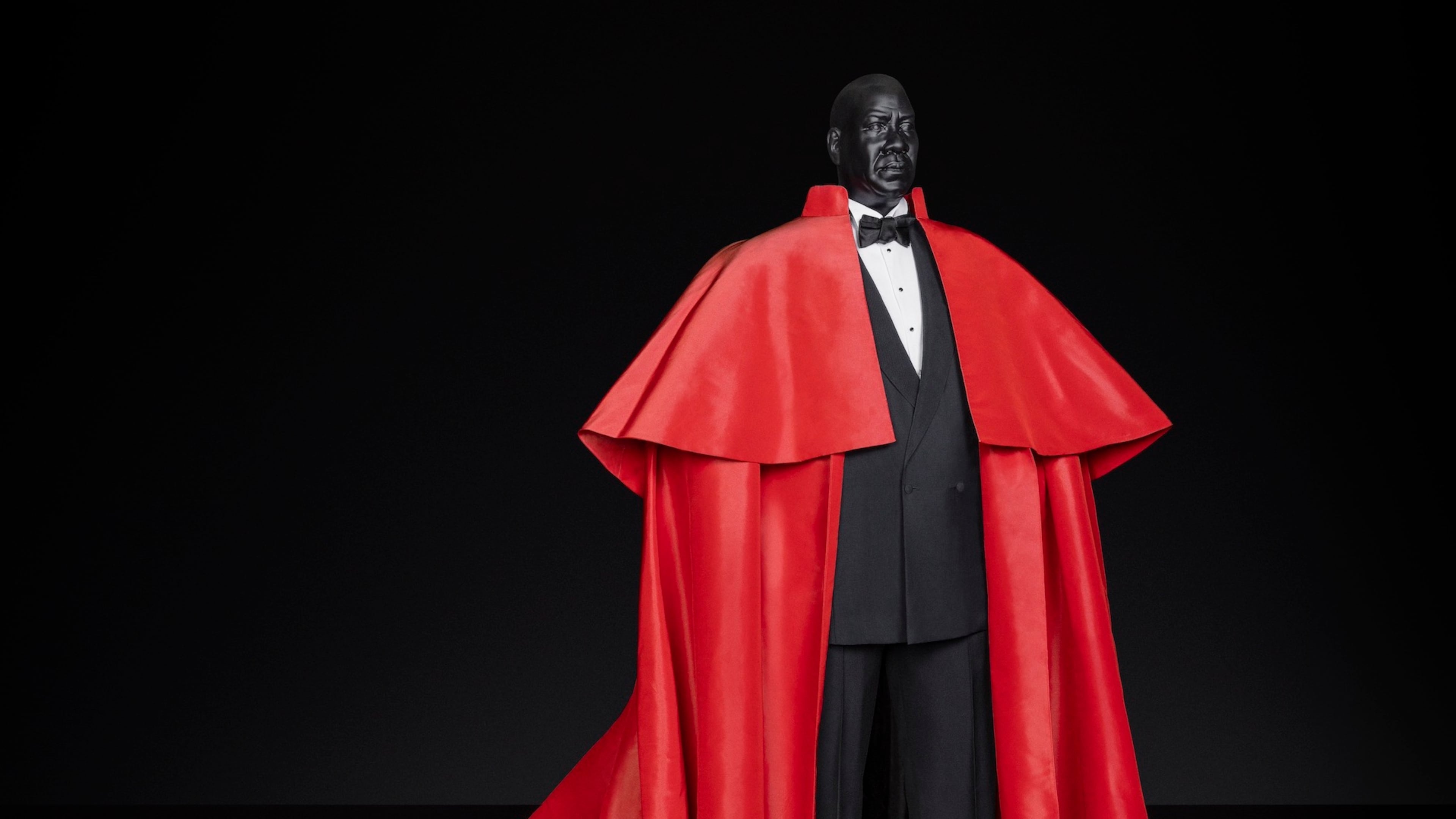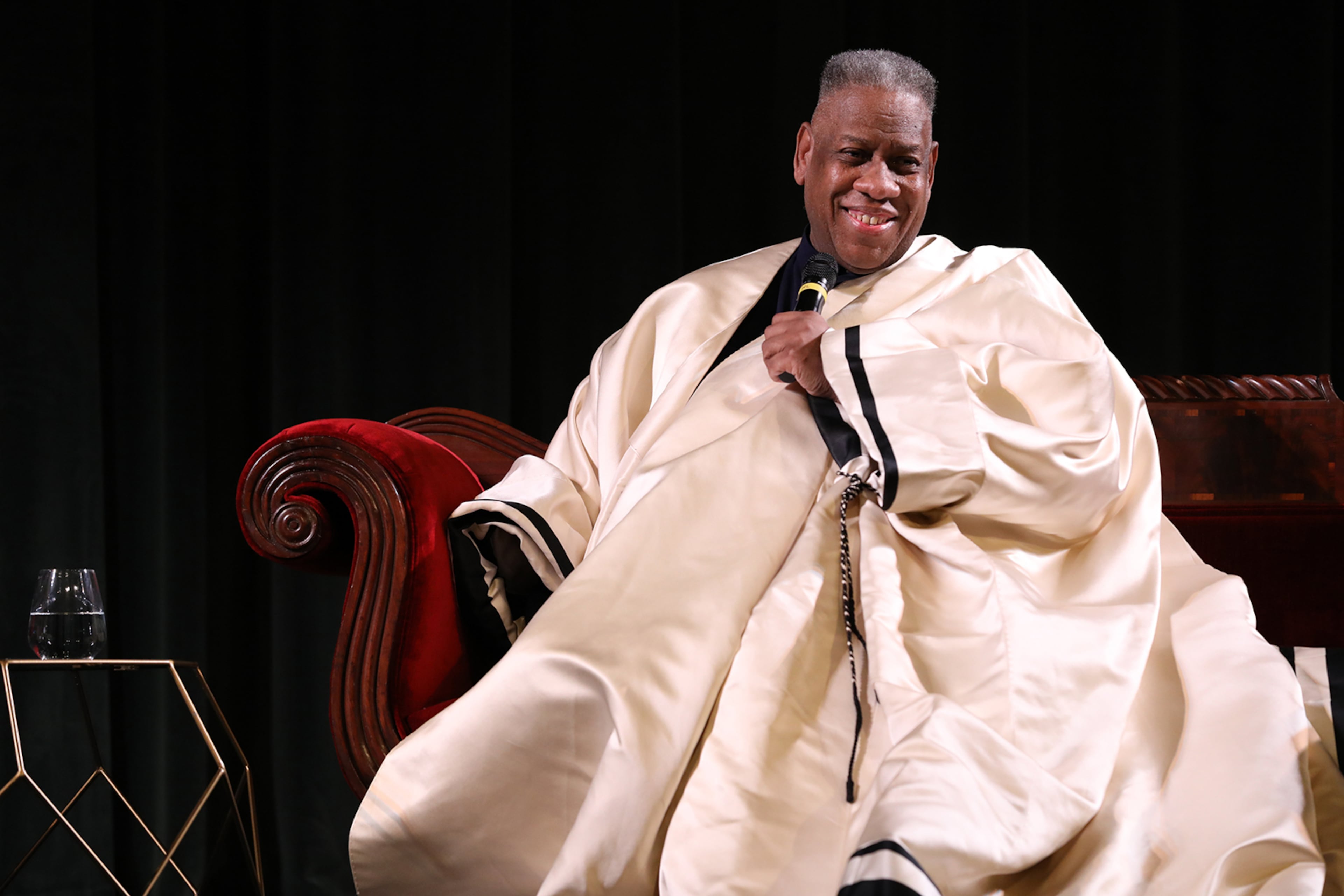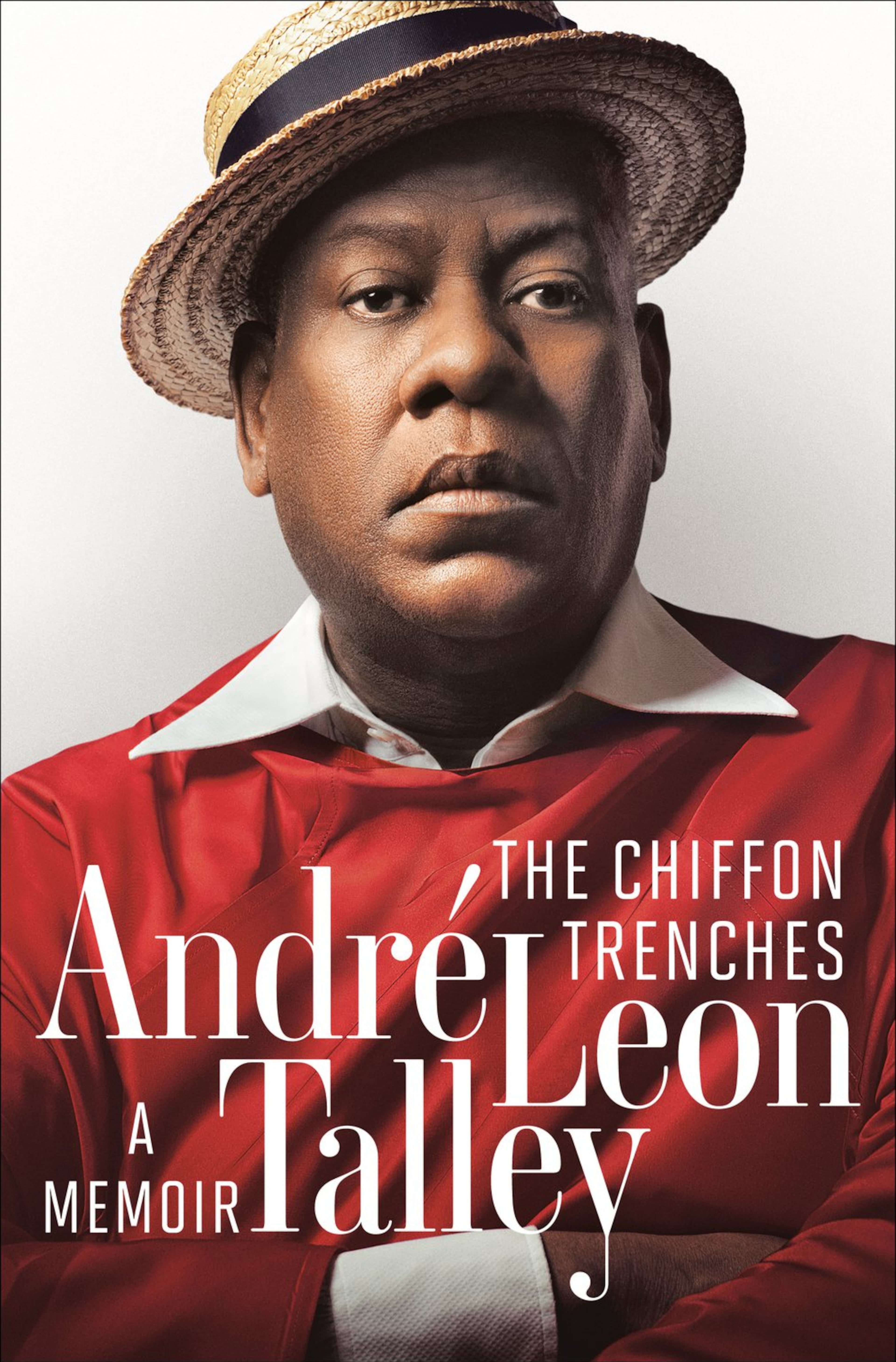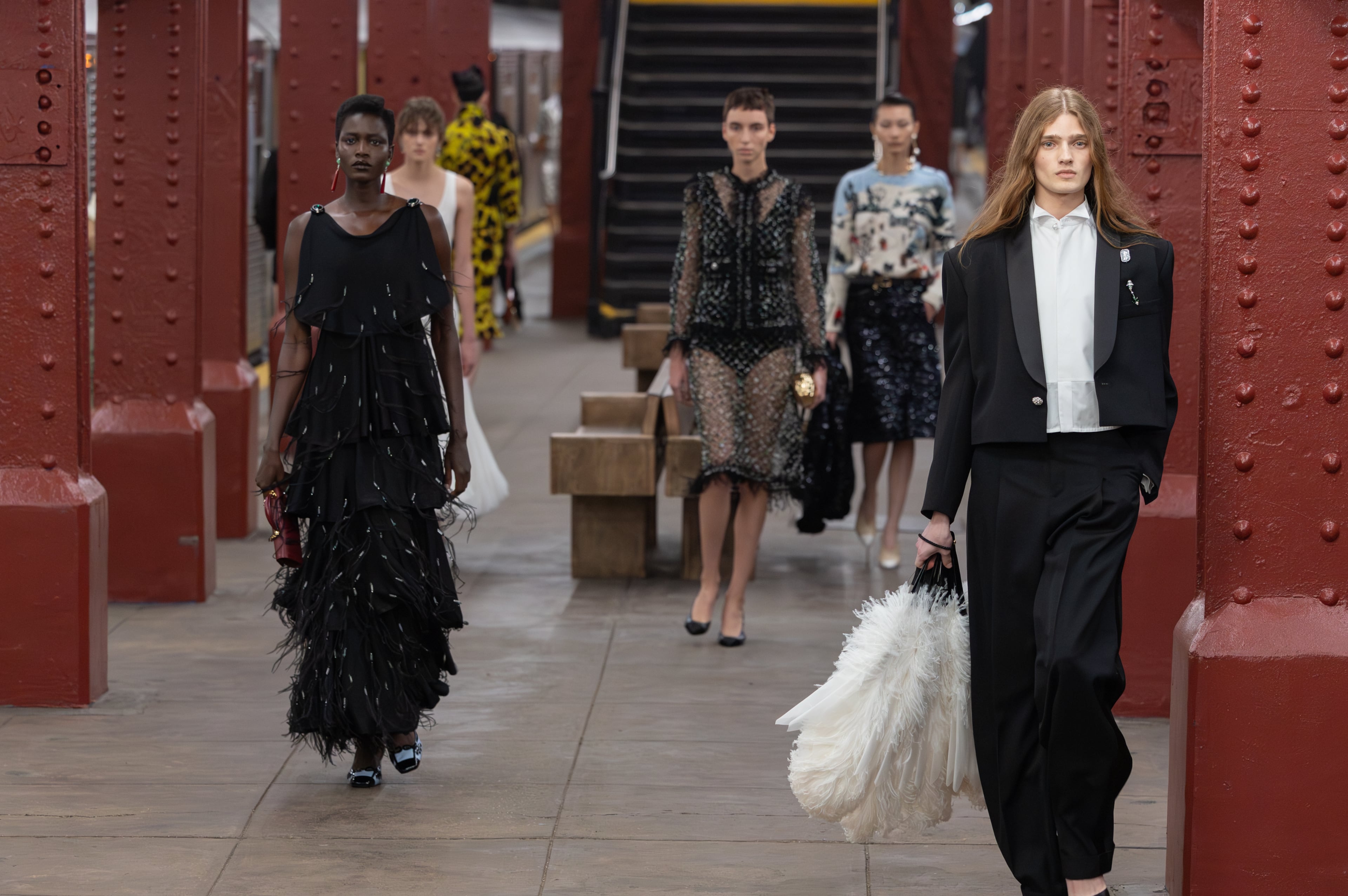André Leon Talley’s style is on display, but will we see his soul?

Later this month, a sartorial journey through the life of fashion guru, André Leon Talley, comes to Atlanta. Talley, the imposing figure who spent 50 years leaving his mark on the world of fashion, died in 2022.
The exhibition, “André Leon Talley: Style is Forever,” opening Oct. 15 at SCAD FASH Museum of Fashion + Film tells the story of his life through more than 70 garments and accessories from his personal collection, which he bequeathed to the Savannah College of Art and Design.
Over the past 20 years, one of Talley’s most important roles was as board trustee and supporter of the design school founded in 1978 by native Atlantan, Paula Wallace.

So much of what Talley wore seemed to take on a life of its own. By his own admission, his image was carefully curated — the “armor” he used to express a vision of himself that may not always have matched who he was on the inside.
“I think people see the surface of me and the performance in the front row, the armor of clothing, expressing myself through individualism in clothing and my choice of clothes,” said Talley in a 2018 interview with National Public Radio, “But if you ever hear me talk, it’s almost like — and I’m very, very pretentious here, pompous — I see myself as like an Oscar Wilde.”
In the memoir, “The Chiffon Trenches,” published just two years before his death, Talley attempted to reclaim the narrative of his life.
He noted that fashion was his escape while growing up in Durham, North Carolina, during the Jim Crow era. He would visit the public library to devour copies of Vogue magazine, studying the ways of the international jet set before earning bachelor’s and master’s degrees in French literature from historically Black North Carolina Central University and Brown University, respectively.
During his career, he would find himself immersed, if not fully belonging, in the lifestyle he had once observed on magazine pages.
In his later years, Talley spoke candidly about the blatant racism and microaggressions he endured in the fashion industry — a world that often celebrated his brilliance while marginalizing his identity. He recounted being called “Queen Kong,” a reference to his stature as a six-feet tall, Black, gay man. At the same time, he was met with expectations within the Black community to bring other Black aspiring creatives alongside him as he rose to the top.
One of the most chilling but deeply revealing descriptions of how Talley managed the hurt and burden of those challenges was in a 1994 profile by Hilton Als, then a 30-something staff writer at The New Yorker.
Als writes of a moment in Paris, when a group of Talley’s fashionable friends and associates, assembled for a post-dinner photo. One of the attendees, when instructed to stand behind Talley, used a racially charged expletive describing his personal style.
“Several people laughed, loudly. None laughed louder than André Leon Talley,” Als wrote. “But it seemed to me that a couple of things happened before he started laughing: he shuttered his eyes, his grin grew larger, and his back went rigid, as he saw his belief in the durability of glamour and allure shatter before him in a million glistening bits.”
All who knew him said Talley’s knowledge of fashion was unparalleled, but he was never able to break out of the restrictions imposed on him by others. He wanted to become the editor of a fashion magazine and he said he resented not having the opportunity.
Much of the early buzz surrounding his memoir focused on his unceremonious departure from Vogue magazine and the decline of his friendship with Vogue editor in chief, Anna Wintour.
Talley worked at the publication for decades and later transitioned into the role of freelancer. But when the podcast he hosted was canceled and he was stripped of his duties covering red carpet arrivals at the Met Gala, he received only silence from Wintour.

“For years, Anna was the most important person in my universe,” Talley wrote in his memoir. “I bottled up how hurt I was, as always, but our friendship and our professional alignment had just hit a huge iceberg.”
The two reportedly made up before his death, but Talley had also learned to no longer make Wintour the center of his world.
He was awarded a lifetime achievement award by SCAD in 2001 and the following year, the award was renamed in his honor. He continued to use his knowledge and influence in the industry to mentor students, curate exhibitions and bring other fashion world luminaries to the school.
In a much-referenced 2009 interview with Time Out Magazine, Talley set out his own vision of his legacy, “I’d like to be remembered as someone who made a difference in the lives of young people — that I nurtured someone and taught them to pursue their dreams and their careers, to leave a legacy.”
There have been many posthumous tributes to Talley. SCAD has also released a documentary and a book from Rizzoli to accompany the exhibition. Wintour confirmed that the May 2025 Met Gala theme, “Superfine: Tailoring Black Style,” was a nod to his brand of dandyism.
In one of his reflective moments, Talley noted that people weave whatever they want into your narrative. I hope whatever narrative is visible in the weave of his garments, is the story he wanted to tell.
Read more on the Real Life blog (www.ajc.com/opinion/real-life-blog/) and find Nedra on Facebook (www.facebook.com/AJCRealLifeColumn) and X (@nrhoneajc) or email her at nedra.rhone@ajc.com.



